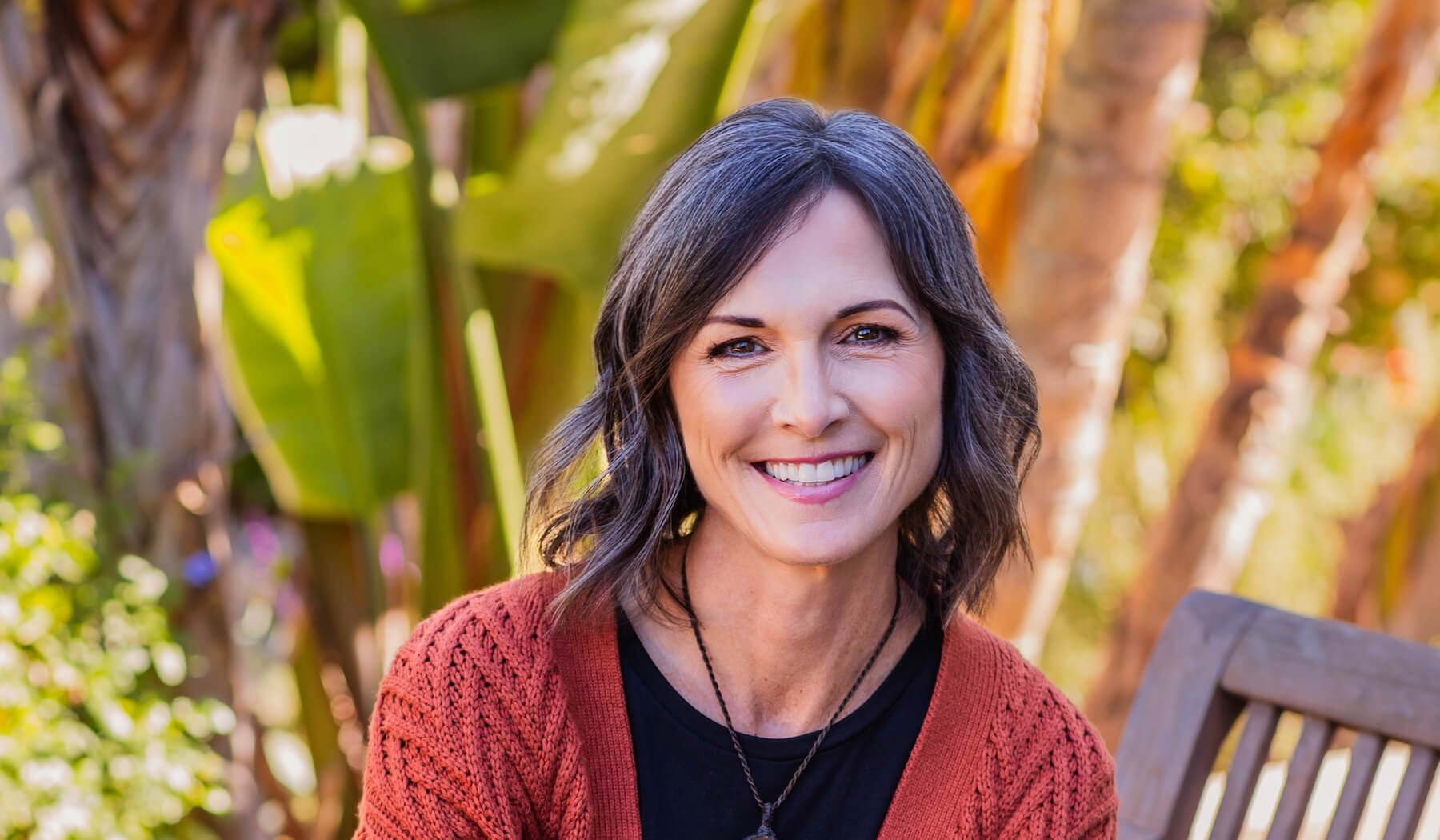Organic Groceries: When to Buy & When to Skip
With grocery prices on the rise, buying all-organic isn’t always realistic. But did you know a little common sense can go a long way in deciding what’s worth buying organic and what you can skip to save some money?
Smart tips to help you decide on organic vs. non-organic produce:
When it’s most important to buy organic:
When it’s most important to buy organic, think about produce in which you eat the skin. These are often more susceptible to pests and higher in pesticides. Berries are among the highest in pesticides because they are more susceptible to disease with thinner skins and grown closer to the ground. This applies to a variety of leafy greens that are high in pesticides, including spinach, kale, collard and mustard greens.
Other fruits in which skins are eaten that are also high in pesticides include grapes, peaches, pears, nectarines, apples and cherries. Vegetables higher in pesticides include bell and hot peppers and green beans. Tomatoes and cucumbers are up there as well, though they don’t make the top of the “Dirty Dozen” list (more on that in a moment).
When is it safe to buy non-organic?
So how about those LOWER in pesticides that are safer to buy non-organic? Think of produce with thicker skins that resist pests and disease and are not consumed. At the top of the list are avocados, followed by pineapple, papaya, kiwi, mangoes, and most melons. Citrus fruits have a bit more pesticide residue, but still much lower than the produce on the Dirty Dozen list. Vegetables lower in pesticides include onions, cabbage and cauliflower because they naturally produce compounds that deter pests, as well as mushrooms and asparagus that break down pesticides to lower pesticide residue.
And don’t forget—a simple soak with water and baking soda can help reduce even low amounts of pesticide residue on non-organic produce. Simply mix 1 teaspoon of baking soda per 2 cups of cold water, submerge your produce, and let it soak for 12-15 minutes. Then rinse thoroughly with cold water.
More Resources on Shopping Organic vs. Non-Organic
The Environmental Working Group (EWG) website provides a list of the “Dirty Dozen” (produce that is highest in chemicals and are MOST important to buy organic) and the “Clean 15” (produce that is lowest in pesticide residue and less important to buy organic). It’s a great resource that gets updated annually based on EWG’s analysis of the most recent USDA data.
So use that list of Clean 15 to save money where you can on non-organic options. Until next time, Be Well!
About the Author: Norma Flood, Integrative & Functional Nutritionist
Norma Flood is a Registered Dietician Nutritionist guiding adults and teens to better brain balance and gut health. Holding a Master of Science in Nutritional Sciences, she is recognized as one of San Diego’s top Integrative and Functional Nutritionists. With a deep commitment to holistic well-being, Norma provides personalized health counseling and applies functional nutrition therapy to effectively support digestive health, mental health, and eating disorder recovery. She offers both in-person and group counseling as well as online education. Follow Norma Flood on YouTube as she shares small, easy steps that you can take each day to support better gut health and mental health using an integrative and functional approach.

